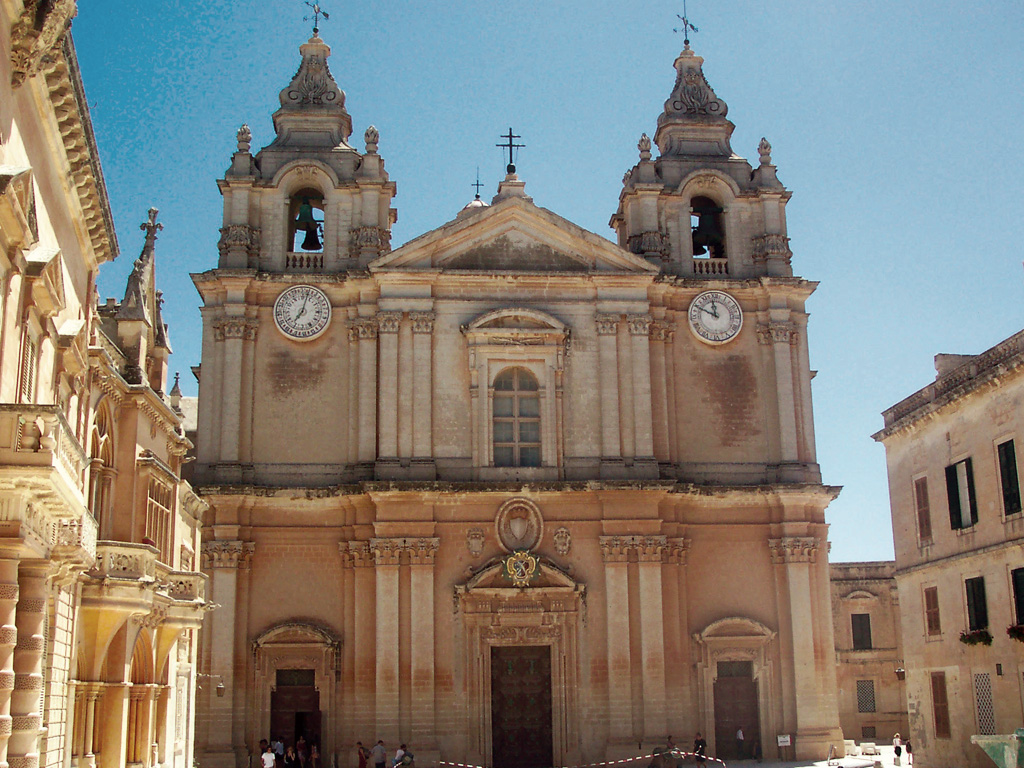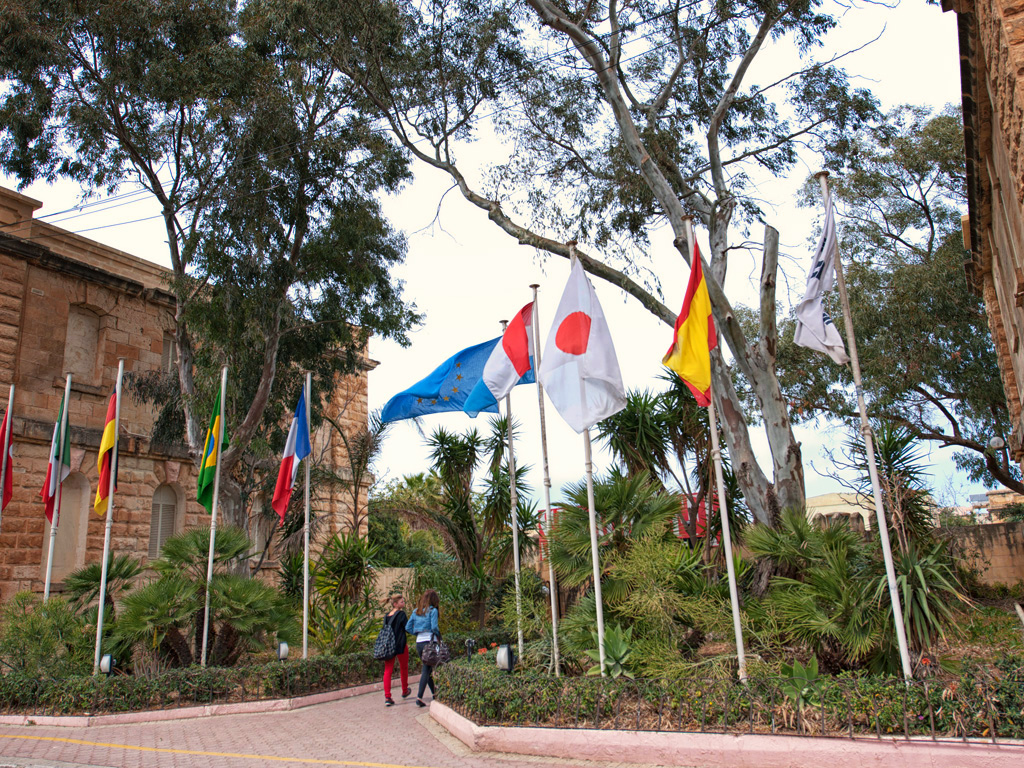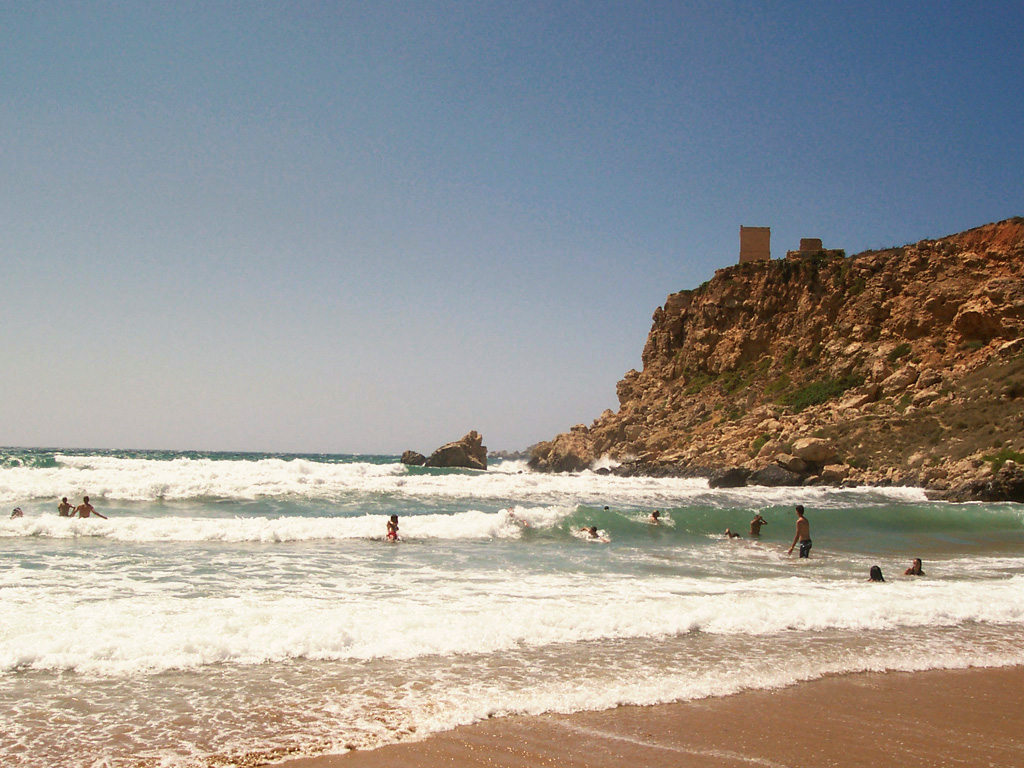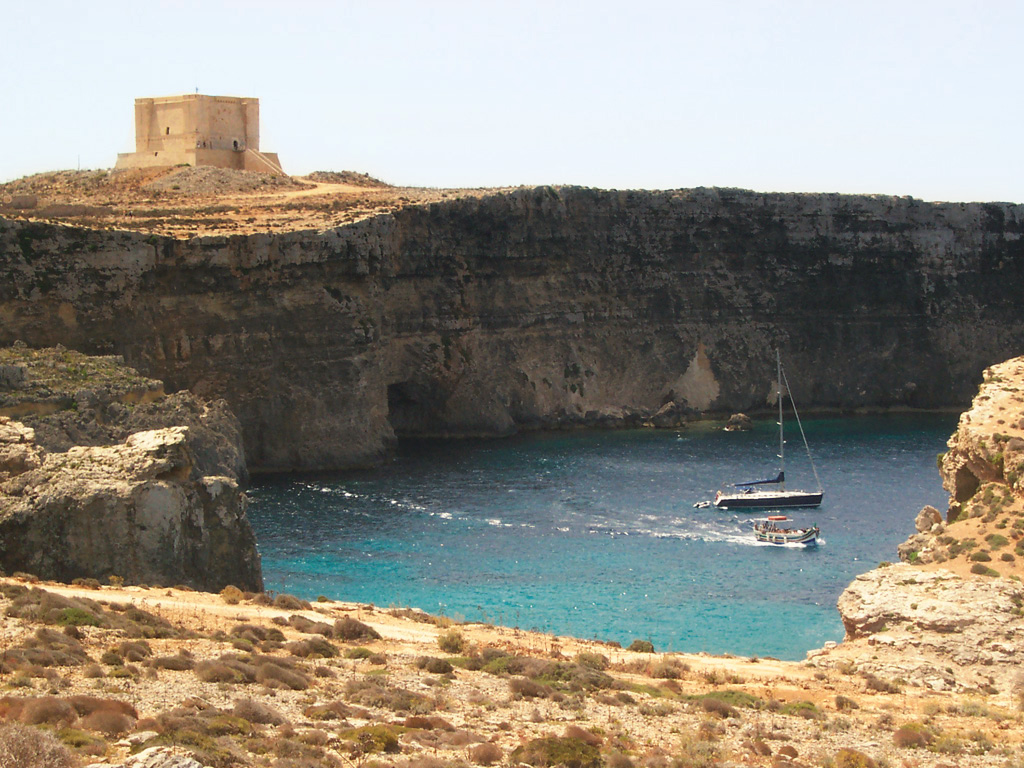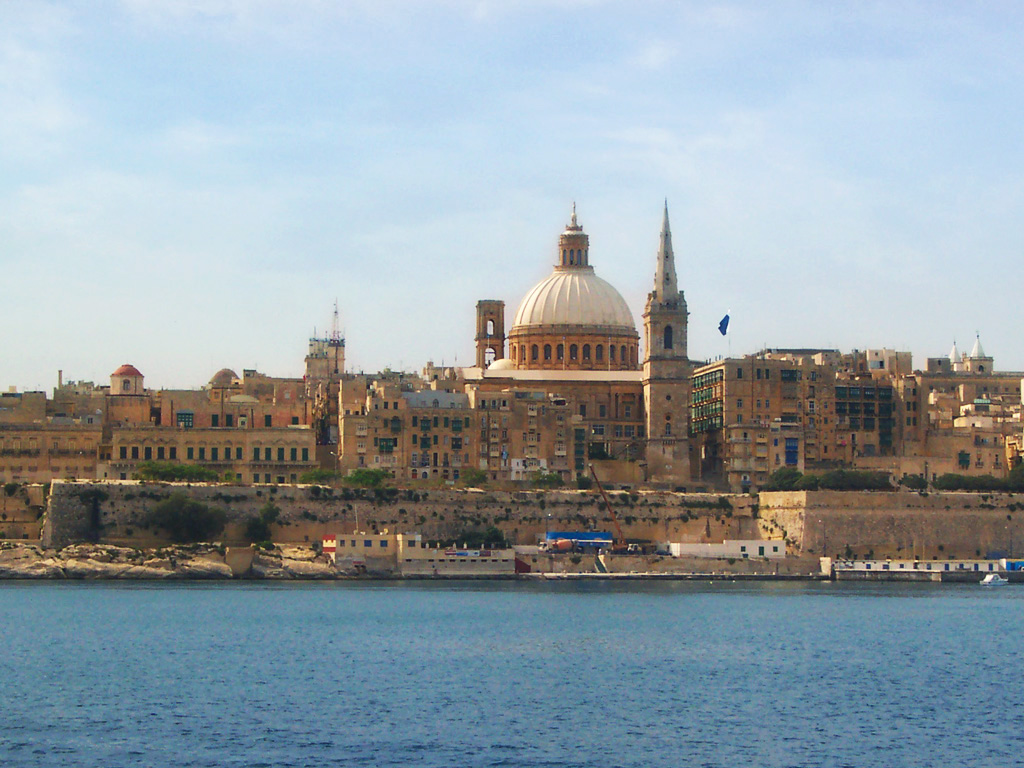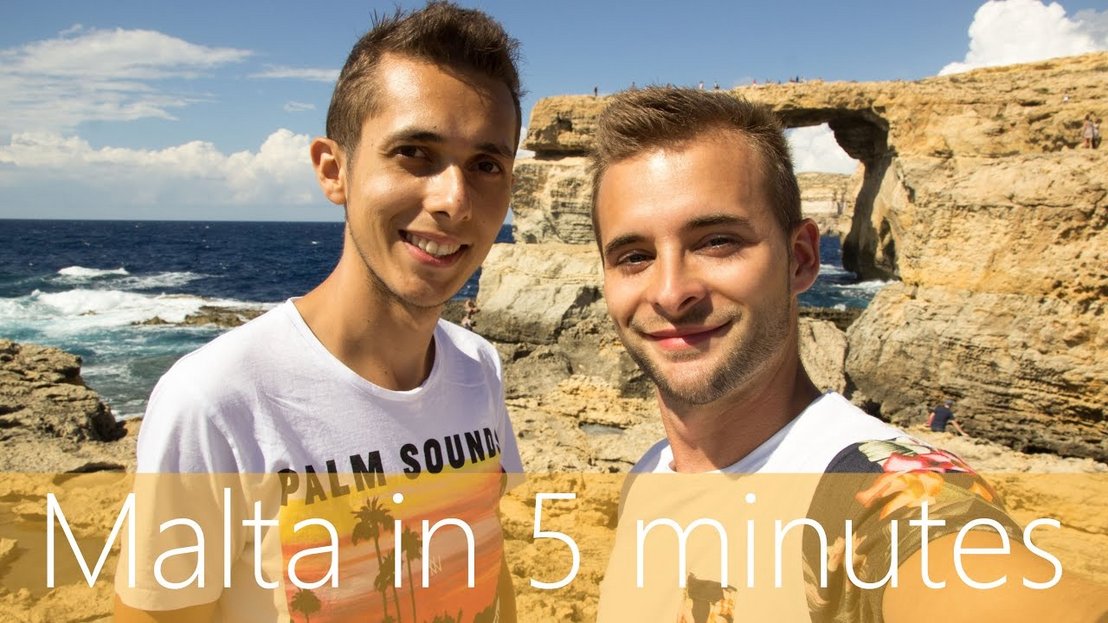Travel guide for Malta
Depending on where you come from, a trip to Malta can feel like traveling back in time. Due to its diverse history, the Maltese archipelago showcases influences from various periods in time. Many small towns and cities maintained their original charm. On top of that they are also surrounded by a picturesque scenery.
Gain new experiences at the wonderful beaches and breathtaking landscapes. You should definitely visit Malta's "Blue Grotto", which is famous for its turquoise waters. You can also experience summer-like temperatures all the way up to September.
When you visit Malta for the first time its not uncommon to feel as though you have been there before. This may sound mysterious, but there is a reason for why your surroundings might feel eerily familiar. Malta is the set of countless modern movies that many of us have seen and there is a high chance that you will recognize many locations due to their appearance in world famous features, movies and series. The well known fantasy series "Game of Thrones" is just one of many.
Malta is currently home to three UNESCO world heritage sites. The old town center of Valletta is one of these sites. The European Union has also nominated Valletta to be the Cultural Capital of Europe in 2018!
Geography
Climate and travel seasons
Climate chart in degrees Celsius (Valletta)
| January | February | March | April | May | June | July | August | September | October | November | December | |
|
|
15° | 15° | 16° | 18° | 21° | 26° | 29° | 30° | 27° | 24° | 20° | 16° |
|
|
10° | 10° | 11° | 13° | 15° | 19° | 22° | 22° | 22° | 19° | 15° | 12° |
|
|
5hrs | 6hrs | 7hrs | 9hrs | 10hrs | 11hrs | 12hrs | 11hrs | 9hrs | 8hrs | 6hrs | 5hrs |
|
|
15° | 15° | 15° | 16° | 19° | 21° | 24° | 25° | 24° | 21° | 19° | 17° |
|
|
11 | 8 | 5 | 2 | 2 | 1 | 0 | 1 | 3 | 6 | 10 | 13 |
Requirements for entering Malta
Currency
Health care
Packing list
Religion
Politics
Local language and communication
Public transport
History
Party & Clubbing
Where can I find the best nightlife in Malta?
- Paceville (St. Julian's) - center of nightlife not far from the Sprachcaffe campus
- Buġibba, Qawra and St. Paul's Bay - a bit quieter, mainly bars/pubs and a few clubs
- Outskirts of Rabat - Gianpula complex and Numero Uno (popular open-air clubs during the summer months)
- Valletta and Sliema - mainly bars/pubs and wine bars
- Birgu and Mdina - wine bars
Festivals
Holidays
- February 10: Shipwreck of Saint Paul (In-Nawfraġju ta' San Pawl). According to legend, during his journey to Rome, the Apostle Paul was shipwrecked off Malta and wintered on the island, which is how Christianity came to Malta.
- March 31: Day of Freedom (Jum il-Ħelsien)
- June 7: National Day of Malta (Sette Giugno)
- September 8: Victory Day (Il-Vittorja)
- September 21: Maltese independence from the Britis (L-Indipendenza).
- December 13: Republic Day (Jum ir-Repubblika)
Food
You should definitely try the Maltese national drink "Kinnie", a bitter yet very popular drink. A well-known beer brand in Malta is Cisk, which brews beer according to the English model.
Common tourist mistakes
Tips and tricks
Short dictionary
| Englisch | Maltese |
| Hi! | Xanna |
| Good Morning! | Bonġu |
| Good evening | Il-lejl it-tajjeb |
| Welcome! | Merħba |
| How are you? | Kif int? |
| Good, thank you | Tajjeb, grazzi |
| How about you? | U inti? |
| Thank you | Grazzi |
| You're welcome | Ta' xejn |
| Good night | Il-lejl it-tajjeb |
| See you later | Narak iktar tard |
| Bye! | Ċaw |
| I am lost | Jiena mitluf |
| Can I help you? | Nista ngħinek? |
| Can you help me? | Tista tgħini? |
| Where is the toilette/ the pharmacy? | Fejn hi il-kamra tal-banju / l-ispiżerija ? |
| Do you speak (English)? | Taf titkellem (bl-Ingliż)? |
| My name is… | Jien jisimni |

